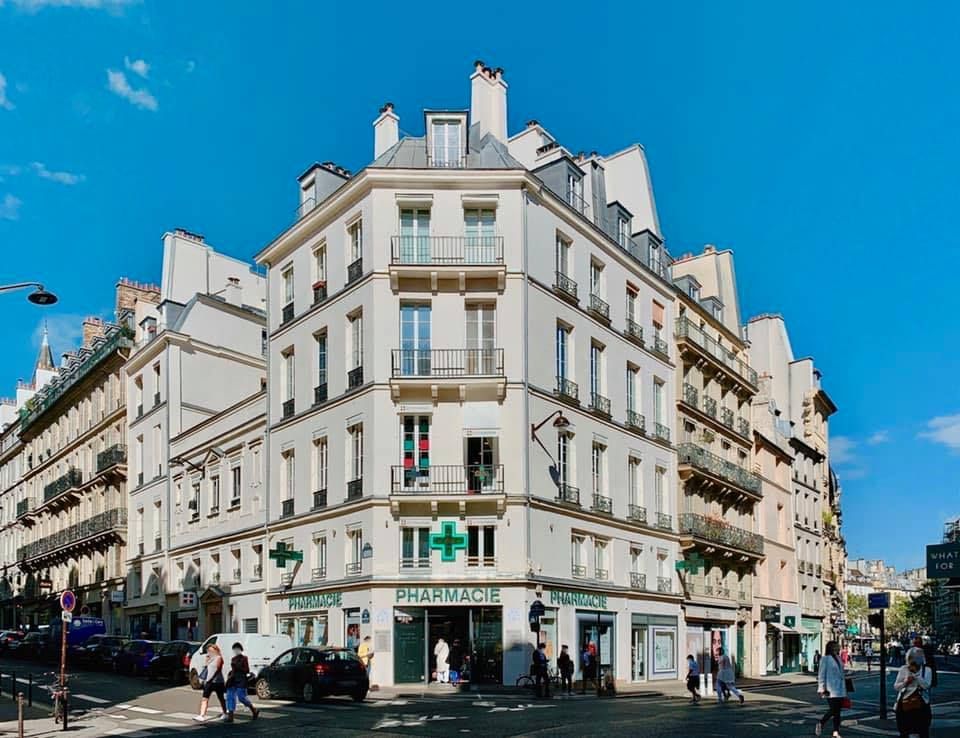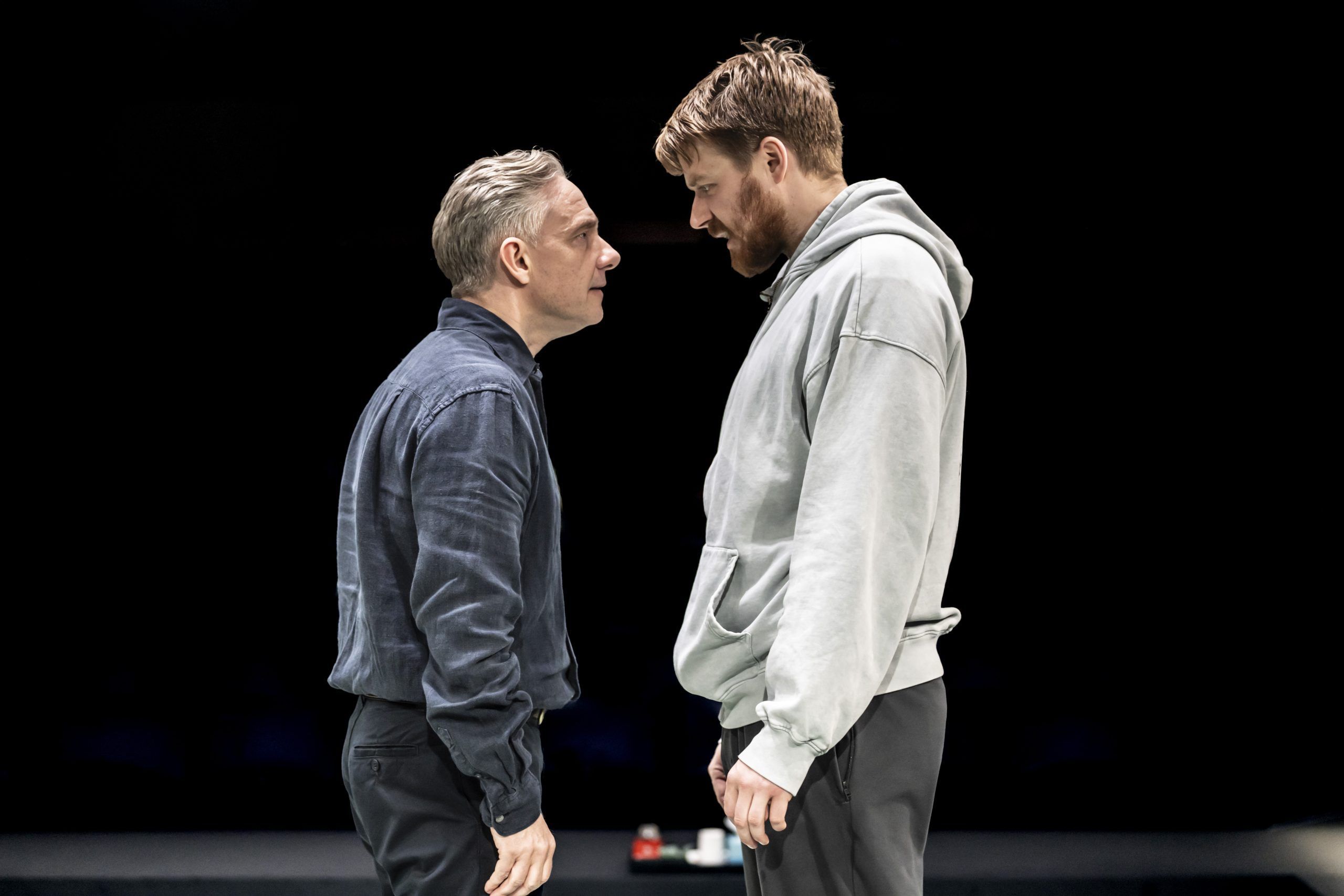
It’s just after 10 a.m. on a Wednesday in Tirana, and the city is already moving like a current. Espresso bars spill onto sidewalks. Market stalls hum with haggling voices. Cyclists thread through traffic in bold arcs, and the taxis — oh, the taxis — are in constant motion.
To walk the streets of Tirana is to witness a city in flux. In the span of just a few blocks, the past and present collide in sharp contrast: an Ottoman bridge beside a brutalist hotel, a communist-era apartment wrapped in a mural of David Bowie, a 19th-century mosque dwarfed by neon billboards. Tirana wears its history in layers — and it asks you to keep up.
The Rhythm of a City Reawakening
For decades, Albania was largely cut off from the outside world, and so was its capital. While neighboring cities like Dubrovnik or Athens evolved under the tourist gaze, Tirana remained mysterious, even to many Europeans. But post-1990, the country began a quiet metamorphosis. In recent years, that transformation has accelerated.
Art galleries are flourishing in old bunkers. Abandoned factories are becoming co-working spaces and jazz clubs. Streets that once echoed with political slogans now pulse with techno beats and the chatter of travelers. Tirana isn’t trying to be another European capital — it’s becoming its own kind of place.
And as the city’s identity evolves, so does the way people move through it.
A Patchwork of Transit — and a Few Surprises
Navigating Tirana used to be a mix of instinct, patience, and luck. Public buses were slow and unpredictable. Taxis were plentiful, but unregulated and often cash-only. Locals got by — they always have — but for visitors, moving around could feel like decoding a puzzle without all the pieces.
Today, the scene is changing. Bus routes are more coherent (if still a bit chaotic), and urban planning is beginning to reflect modern demands. Still, Tirana remains a city best experienced above ground, at street level, where the buzz of local life is loudest.
This is where taxis — particularly the new generation of ride services — come into play.
A New Kind of Taxi Culture
You won’t find Uber or Bolt here — at least not yet. Albania’s ride-hailing scene has developed independently, and somewhat impressively. Local services have stepped into the void, offering digital solutions that rival anything in Western Europe.
Bee Taxi Tirana is one such service, similar to Uber or Bolt in Albania. Launched with the goal of modernizing the taxi experience in the capital, it has quickly become a quiet staple for those in the know. Their app is clean and easy to use; their drivers show up on time; and the cars are reliably clean – even electric.
But more importantly, Bee Taxi represents something bigger: a local business responding to a city in motion. Their growing presence mirrors the changing expectations of Tirana’s residents and the increasing number of international guests seeking something reliable and frictionless. In a place where street names can change without warning, having a driver who knows the terrain — and speaks a bit of English — is no small gift.
Mobility as a Lens on Culture

Travel often focuses on destinations, not how we get to them. But in Tirana, the journey is inseparable from the experience. A ten-minute ride might include a conversation about politics, a shortcut through a market square, or a glimpse of a wedding procession erupting from a corner café.
Getting around isn’t just transportation — it’s observation. It’s immersion. And perhaps it’s fitting that one of the best ways to feel Tirana’s pulse is from the passenger seat, watching a city redefine itself in real time.
What the Road Ahead Looks Like
Tirana still has challenges. Urban sprawl continues at a pace the infrastructure struggles to match. Traffic can swell unpredictably, and there are mornings when the city seems to exhale exhaust fumes rather than oxygen.
But even so, there’s progress — and optimism. Initiatives for more sustainable transport are growing. The city recently launched a bike-share program and plans for a light rail system have been floated. Local startups are looking at micro-mobility and electric vehicle adoption, while walkability remains at the heart of the city’s charm.
In this evolving ecosystem, companies like Bee Taxi Tirana are doing more than just offering a ride — they’re stitching together the fabric of a changing city. Quietly, efficiently, and without fuss.
The Art of Getting Lost, and Found Again
To travel in Tirana is to surrender — not to disorder, but to rhythm. To understand that a missed bus might lead to a better conversation. That a traffic jam might offer an unexpected view. And that sometimes, the best way to find your way in a new city is to let someone else drive.
So don’t worry too much about maps, or timetables. The best way to feel Tirana is to move through it. Let its energy guide you, its drivers show you, and its surprises reshape your idea of what a capital city can be.
Tirana is moving — and it’s inviting you to move with it.





